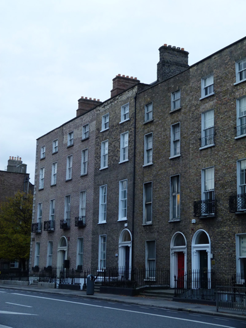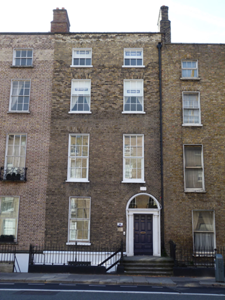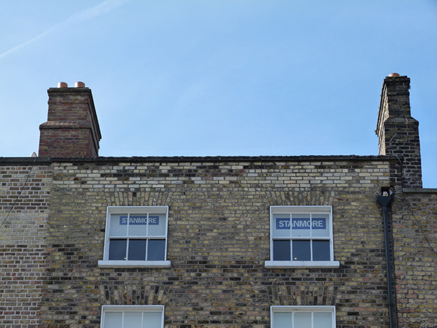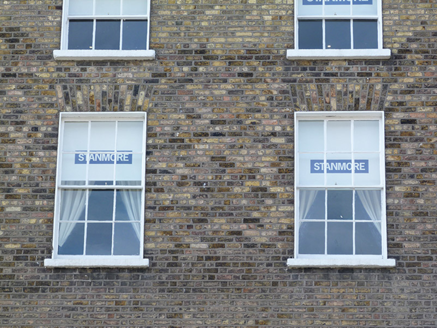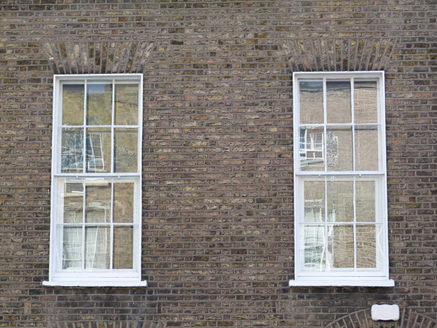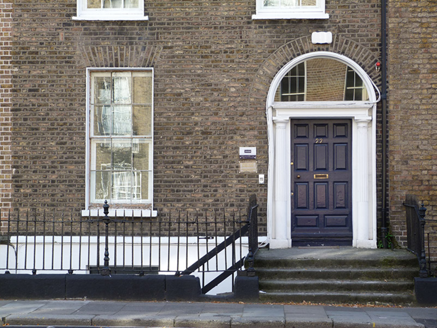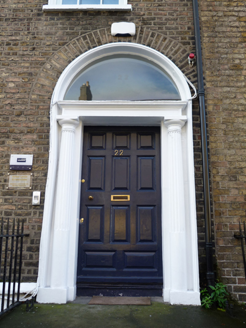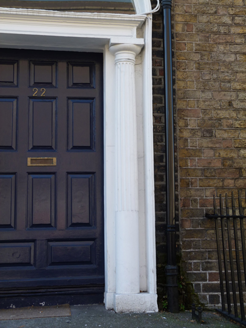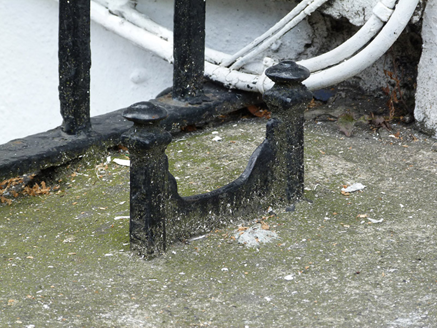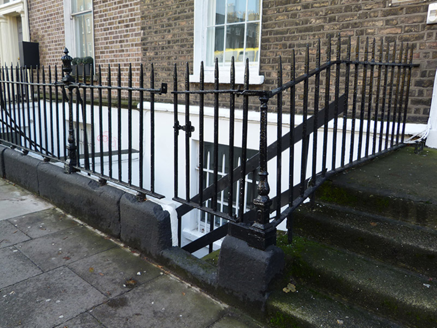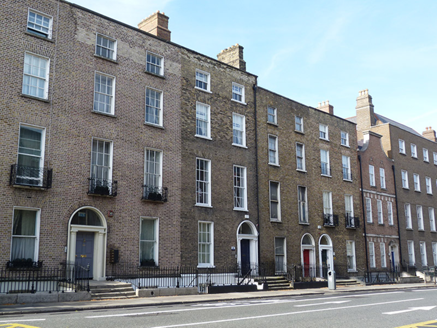Survey Data
Reg No
50920293
Rating
Regional
Categories of Special Interest
Architectural, Artistic
Original Use
House
In Use As
Office
Date
1780 - 1820
Coordinates
316250, 232982
Date Recorded
29/09/2015
Date Updated
--/--/--
Description
Terraced two-bay four-storey over basement former townhouse, built c. 1800, now in use as offices. M-profile pitched roof, hidden behind refaced brick parapet with granite coping, having brick chimneystacks with clay pots to north and south ends and replacement uPVC rainwater goods to north end. Brown brick walls laid in Flemish bond over masonry plinth course and rendered walls to basement. Square-headed window openings with masonry sills and raised rendered reveals, with six-over-six pane timber sliding sash windows to ground, first and second floors and three-over-three pane timber sliding sash windows to third floor. Square-headed window opening with painted reveals, granite sill and one-over-one pane timber sliding sash windows to basement. Round-headed door opening with rendered reveals, half-fluted Doric columns supporting plain frieze and cornice having plain fanlight and raised-and-fielded timber panelled door. Render platform with cast-iron bootscrapers and render steps flanked by wrought-iron railings and cast-iron corner posts on masonry plinth, continuing to south to enclose basement area. Located on west side of Leeson Street Lower.
Appraisal
A typical Georgian townhouse, the restrained classical façade is ornamented by the iron work railings and the Doric doorcase with half-fluted columns, which contribute to the individuality and artistic character of the building. Leeson Street forms part of an ancient routeway, Suesey Street, leading from the city towards Donnybrook. Located within the Fitzwilliam Estate, which covered much of the south-east of the city, the street was named after Joseph Leeson, 1st Earl of Milltown. Plots were leased for development in the mid-eighteenth century but, apart from the north-western end, it remained undeveloped until the 1780s and was largely completed by the early nineteenth century.
